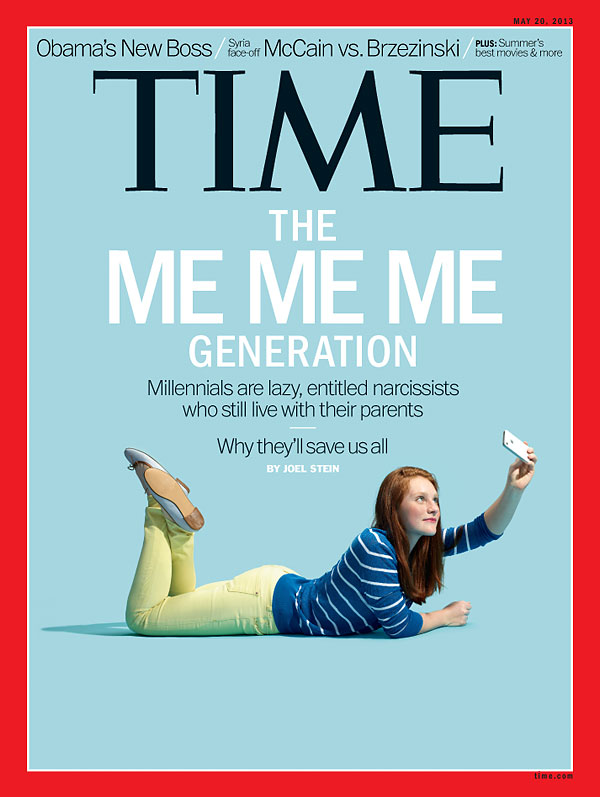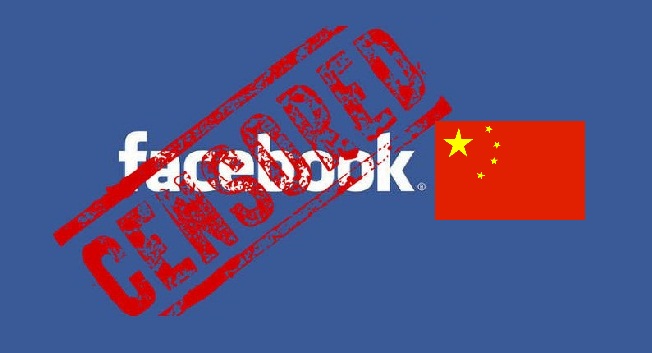Upon completing the Marketing Plan Assignment, I felt like I learned a great deal. I, for one, enjoyed the fact that this assignment was split into three parts, which made the assignment a lot easier to do and more time to revise our mistakes. For example, our group made some mistakes while analyzing the SWOT in Assignment #1. But because, you (Elaine), was able to give us feedback on those issues, which prevent us from making subsequent mistakes in the following assignments. Had this been just one entire report, we would be making the same consistent mistakes throughout the report, which would have damaged the quality of our work. In addition, I really enjoyed making the video as it inspired me to be a lot more creative compared to making a presentation. My favourite aspect of making the video was making the script. This was an especially tricky task because we had to make sure that whatever we said covered enough information but was not mundane or uncreative.
We faced several challenges while making this project. For example, no one in our group had any video filming or editing experience. In addition, due to the limited time and limited experience we had, we needed to scrap and construct many ideas before finally establishing a solid filming process. Many of our extremely creative ideas required expertise that none of us had. As a result, we had to put a lot effort into creating an idea that was both creative and feasible for us to do.
I hope that the people in our class will enjoy our video. I am also looking forward to watching their videos as well. With the peer feedback, we can really learn what we are doing well and what we need to improve on which will allow us to learn from our mistakes.








![How to Dominate Social Media with HootSuite [VIDEO]](http://marketingbeforefunding.com/wp-content/uploads/2012/06/marketingbeforefunding.png)
